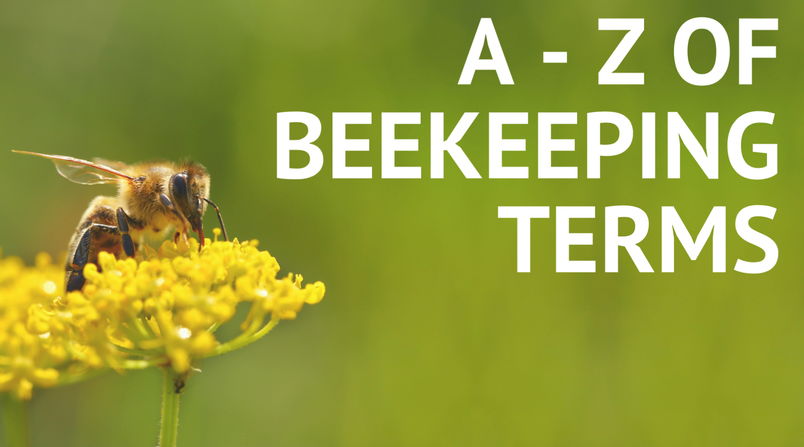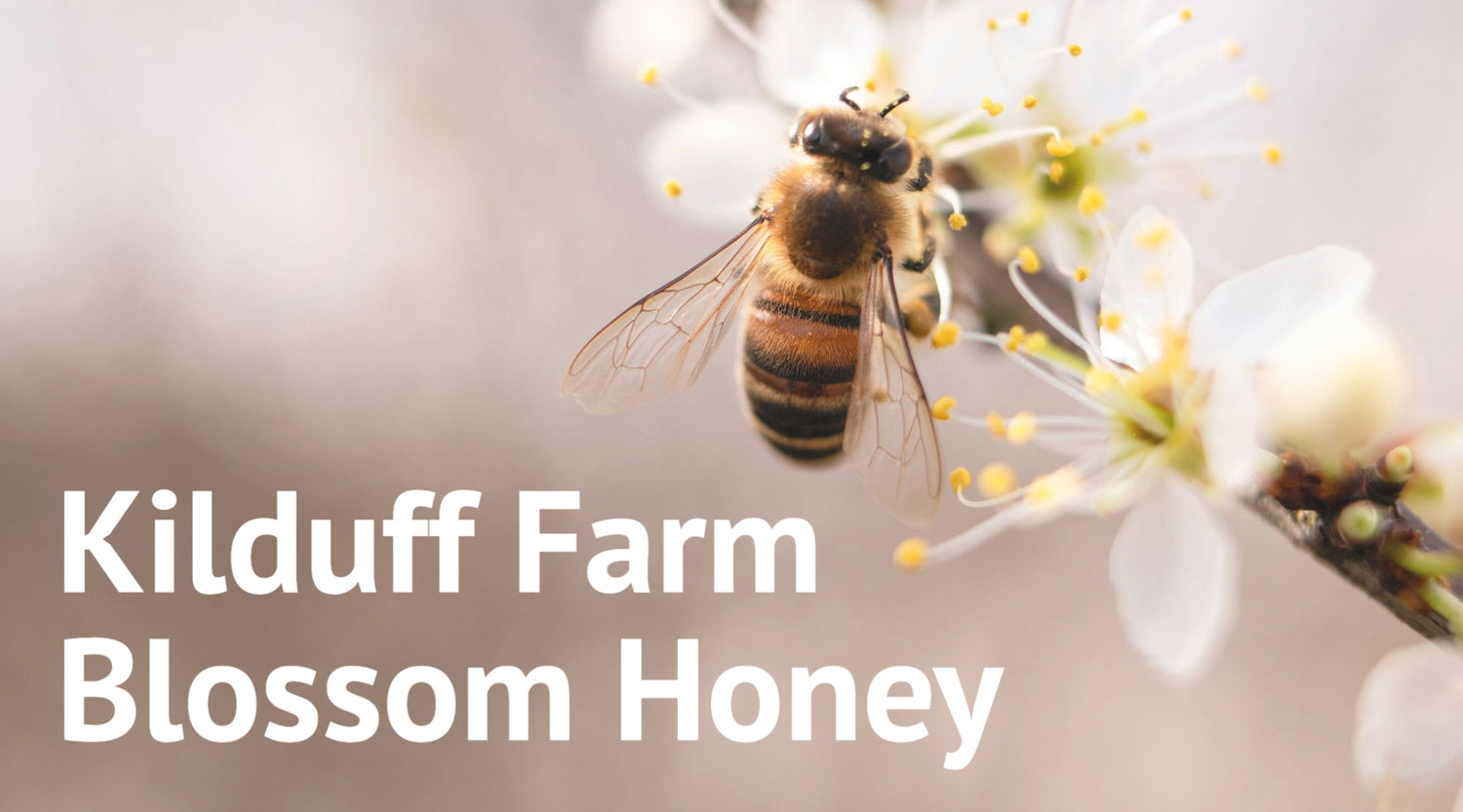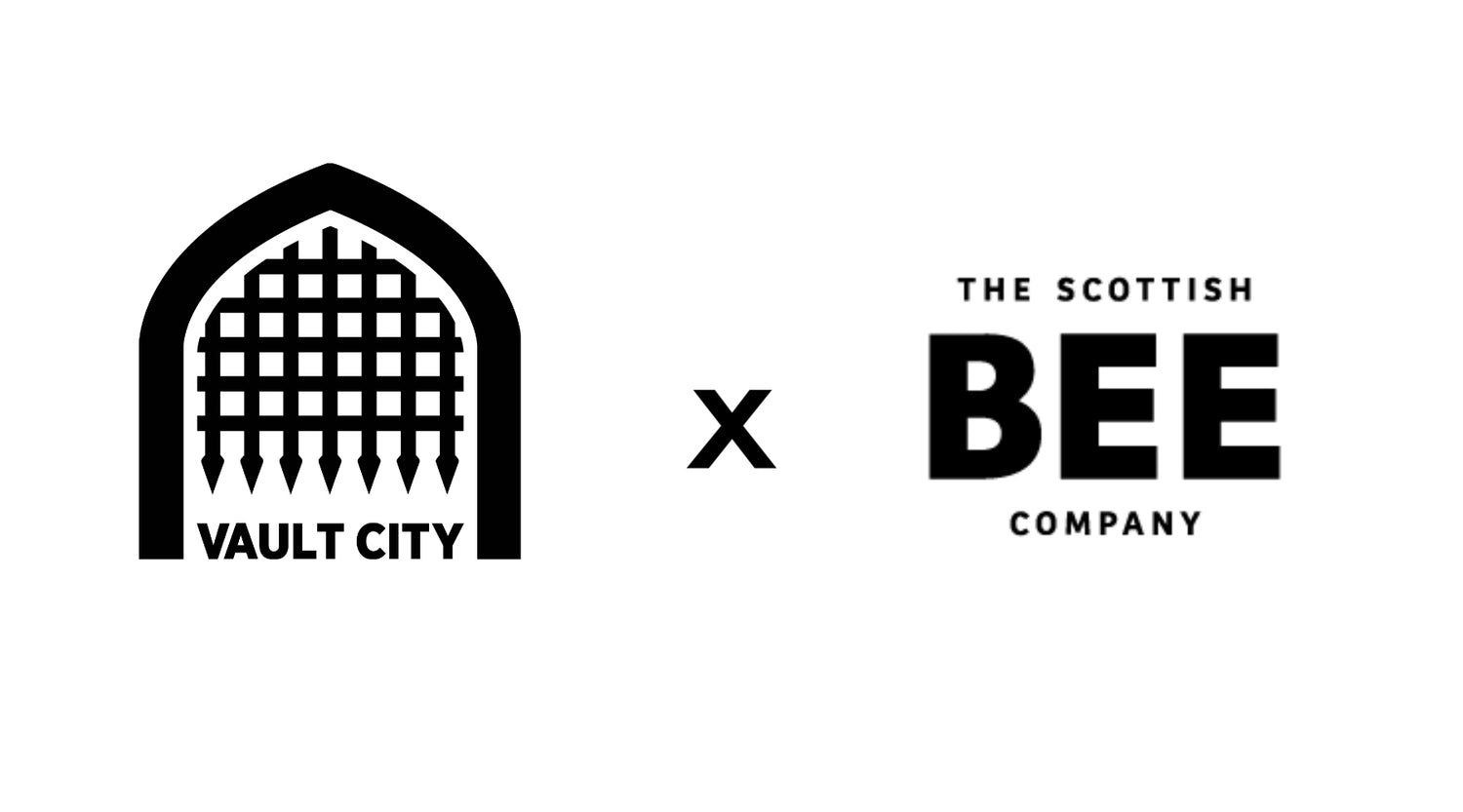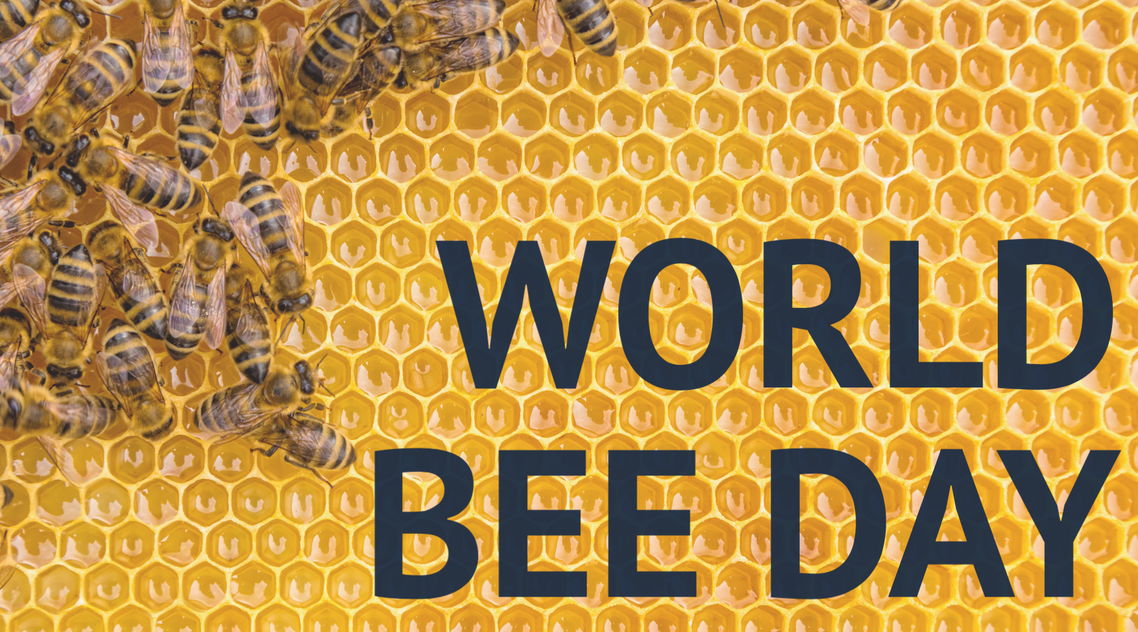What words are associated with bees?
The behaviour and processes carried out by bees are truly fascinating. To help you understand the world of bees, we've created an A - Z list of beekeeping terms and bee related terms to help you understand the basics.
Apiary
An apiary (also known as a bee yard) is a location where bee hives of honey bees are kept.

Brood Box
The brood box (or brood chamber) houses worker-made cells where the eggs, larvae and pupae develop. It is usually in the bottom of boxes of the hive.

Colony
The family unit of bees consisting of a queen, workers and - for a few months of the year - drones. A bee colony lives in a hive.

Drone
A stingless male bee in a colony of social bees (especially honeybees) whose sole function is to mate with the queen.

Extraction
The process whereby honey is taken from the frame using centrifugal force with a honey extractor.

Forage
Foraging is searching for wild food resources. Honeybees forage for pollen and nectar and source these from a variety of plants and trees.

Granulation
Granulation, also known as crystallisation, is the process whereby sugar crystals form in honey which cause it to turn solid. Check out our blog on the process of granulation / crystallisation here!

Honeycomb
A structure of rows of hexagonal wax cells, formed by bees in their hive for the storage of honey, pollen and their eggs. Rich in Manganese, our heather honeycomb is cut once a year after the bees have foraged for only 6 weeks on the Scottish heather moors. You can try our raw honeycomb here!

Insecticide
A plant chemical designed to kill insects to prevent harming crops. Now you may be thinking, that’s not necessarily bee related. But if you check out our recent blog about neonicotinoids (the bee harming pesticide) you’ll find out why - read our blog here!

June gap
A period during June when availability of forage is seriously reduced. This could cause colonies to starve unless the beekeeper checks their stores and feeds if necessary.

Koschevnikov Gland
Located near the sting shaft, this gland releases an alarm pheromone when a bee stings. It warns the other bees of danger and the scent smells like bananas! Apparently this is because bananas contain a compound that is also in this alarm pheromone. Honeybees have various glands that perform a variety of functions and the Koschevnikov gland is just one of these.

Larvae
The immature, wingless, and often wormlike feeding form that hatches from the egg of many insects, including bees. Eventually the adult bee will emerge from the larvae.

Monofloral
Monofloral honey is a type of honey which usually has a distinctive flavor due to it being predominantly from the nectar of a single plant species. Our heather honey is an example of a monofloral honey. It is stored and labeled separately so as to command a premium price.

Nectar
The sugary liquid created by the flower of a plant, collected by bees as part of the honey making process.

Orientation flight
The short, practice flights taken around the hive by young bees in order to prepare for foraging.

Pollen
A fine powdery substance, typically yellow in colour, consisting of microscopic grains discharged from the male parts of a flower or from a male cone.

Queen Bee
The queen bee is the female reproductive leader of the colony among the social bee species. There is normally only one adult, mated queen in a hive, who bees will usually follow and fiercely protect.

Royal Jelly
A glandular secretion from honeybee workers used to feed the larvae. It gets its name from the fact bees use it to feed and nurture the larvae being raised as potential Queen Bees.

Swarm
A grouping of honeybees that recently split-off from a strong “mother colony” to start a new hive. This is a natural method honeybee colonies use for reproduction.

Trophallaxis
Direct food transfer between bees. It involves the exchange of regurgitated liquids between the adults or between the adults and their larvae.

Uncapped brood
Eggs and larvae not covered by wax.

Koschevnikov gland
Located near the sting shaft, this gland releases an alarm pheromone when a bee stings. It warns the other bees of danger and the scent smells like bananas! Apparently this is because bananas contain a compound that is also in this alarm pheromone. Honeybees have various glands that perform a variety of functions and the Koschevnikov gland is just one of these.

Varroa mites (Varroa destructor)
Parasites that attack and feed on the honey bees. The Varroa mite can reproduce only in a honey bee colony. It attaches to the body of the bee and weakens the bee by sucking fat bodies.

Waggle
A waggling movement performed by a honeybee at the hive or nest, to indicate to other bees the direction and distance of a source of food.

Xenobiotic
A chemical substance (such as a pesticide) that is foreign to a biological system and living organism, like bees.

Yellow (and black)
The colour of fuzzy bee hair. The furry bodies, legs, and even the eyes, collect pollen by sticking to the individual hairs!
(B)zzzzzz
The noise a bee makes… The buzzing sound made by bees is caused by rapid movement of their wings! The rapid contraction of their wing flight muscles causes the high pitched buzzing noise.

Please feel free to save our images with the definitions and share it with your friends, family and across your social media!





